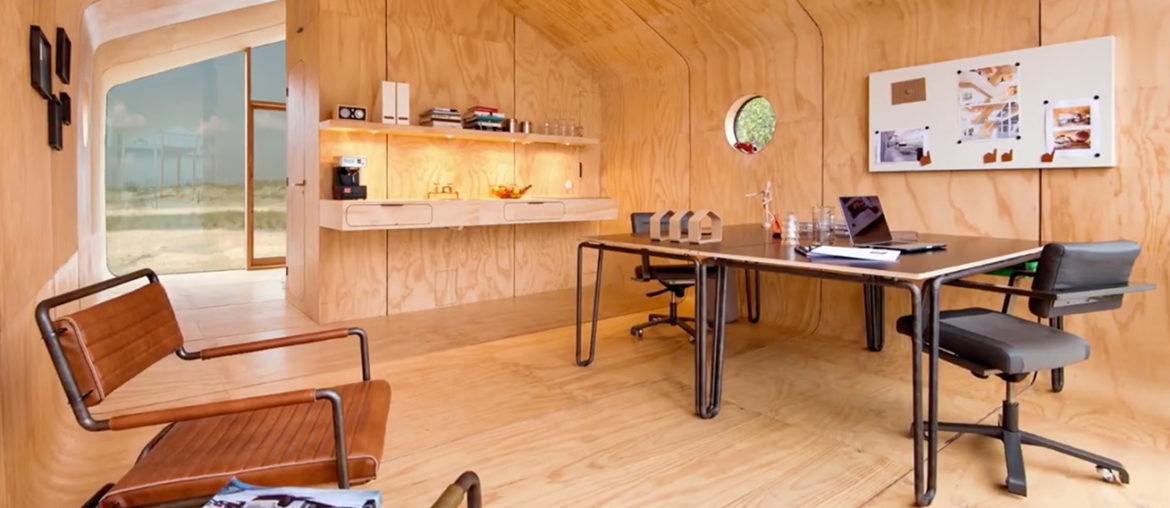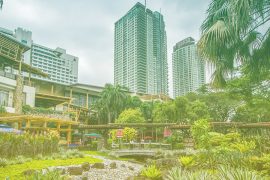Minimalism is a trend that has yet to influence living spaces. Space is a resource that is sometimes overlooked in sustainable architecture. Life quality decreases as population density increases since pollution levels rise, population goes out of hand, and resources become more expensive. Many of us in the Philippines are experiencing these effects firsthand.
Manila is one of the most densely populated cities in the world. According to the Philippine Statistics Authority, the capital region had a population of 12.9 million people in 2015, inhabiting an area of 620 square kilometers – that’s around 21,000 people per square kilometer. In the same year, New York had a population of 8.5 million people living in a 784 square kilometer area, or about 11,000 people per square kilometer. This means that Manila is nearly twice as densely populated as New York City, the most crowded city in the United States. Other cities that are having difficulties with rapidly growing populations include Karachi, Mumbai, and Jakarta.
Designers are now thinking of ways to reduce living space by creating homes that are compact, stylish, and easy to construct. Living in small homes discourages mindless consumerism (since you wouldn’t have enough storage space if you buy too many things) and uses less resources like electricity, which prompts people to live greener lifestyles as well.
Not Your Average Cardboard House
The Wikkelhouse is designed by the Dutch studio Fiction Factory. They created this recyclable structure that can (supposedly) last a century. It is lined with waterproof coating and wood paneling to make it more durable while 24 layers of cardboard are used for the body. The lightweight material also allows it to be brought anywhere and constructed within a day.
The Zero-Carbon Caravan
Green Cat Technologies from France presented a self-powered caravan that sources its power from sunlight and wind. The 26-foot trailer can be unfolded to maximize space and transform into a 420-square-foot home. There’s enough room for a small family, and the house even includes a deck where you can host intimate parties.
If IKEA Sold Houses
The Pin-Up Houses designed by Small House Architects is a three-part house you can build in three hours – by a team of three people. They claim it’s easy enough to build on your own, in fact their website sells a book How to Build a Tiny House to help you out with the process. The sections are color coded and are for sleeping, working, and cooking.
The Luxe Box
KODA by Estonian firm Kodasema is a moveable, two-storey house that sources its power from solar panels. Unlike the other compact homes, it arrives whole so it spares you from manual labour, plus it also takes less than a day to install. It’s made out of concrete-timber composite panels which keeps the structure sturdy and independent of a foundation.
The Transformer
TEN FOLD Engineering’s unfolding building takes convenience up a notch. Their structures are easily transportable and open up with a push of a button. The buildings come in varying sizes and are fit for a multitude of uses, such as homes, offices, clinics, schools, and shops. It doesn’t need a foundation and is powered by solar panels.
Child’s Play
EkoJunto is a Costa Rican company that sells bricks which are completely made out of recycled PET plastic. The bricks are shaped to make them fit with one another like Lego blocks, making it easier for people to assemble a house. This innovative method of upcycling doesn’t only benefit the environment, but low-income people as well.
Imagine if these inventions are utilized to help solve our problems here in Metro Manila. I think the EkoJunto would be especially beneficial, to rid the city of trash while also providing homes for the poor.
There are many ways to help solve our issues on space, but it would mean giving up on a lot of excesses and living simpler lives. We are conditioned to believe that having bigger homes and more things lead to a happier life, but consumerism and greed are big factors contributing to environmental degradation.




